
Data on Ghana’s debt situation over the years show that the National Democratic Congress (NDC) has been poor in managing the debt, a Lecturer at the Ghana Institute of Management and Public Administration (GIMPA) and Senior Research Fellow, Institute of Economic Research and Public Policy (IERPP), Dr Frank Bannor, has said.
Referring to data from the Ministry of Finance, Dr Bannor indicated that Ghana experienced fiscal deficits in seven out of the eight years that the National Democratic Congress was in power from 2009 to 2016.
In the early years, he said, the country recorded fiscal deficits of 3% of Gross Domestic Product (GDP) in 2009, 3.4% in 2010, and 1.3% in 2011.
Notably, 2011 also marked Ghana’s highest economic growth rate—approximately 14%—primarily driven by the commencement of oil production.
However, Dr Bannor said, the fiscal challenges deepened in subsequent years.
“In 2012, Ghana recorded its highest primary balance deficit of 8.2% of GDP. Let me place on record that 2012 was an election year, and as such, the then-NDC government overspent in that fiscal year to retain power.
“The trend continued in 2013 and 2014, with primary balance deficits of 4.1% and 2.9%, respectively. The only exception during this period came in 2015 when the country achieved a modest primary surplus of 0.2%.
“This progress was short-lived, as Ghana reverted to a primary balance deficit of 1.1% in 2016—marking the seventh fiscal deficit recorded under the NDC administration led by President John Mahama,” he said in his analysis.
Below is his full analysis…
Why is a primary balance surplus important?
The primary balance represents the difference between the government’s revenue (income) and its non-interest expenditure (expenditure excluding debt payments). This difference can be expressed as a percentage of Gross Domestic Product (GDP).
In other words, the primary balance is akin to the difference between your monthly income and your monthly expenditure, excluding any funds allocated to repay debts like your mortgage or car loan.
The primary balance is a crucial determinant of a country’s debt portfolio. It reflects the government’s fiscal effort independent of past borrowing costs. Thus, achieving debt sustainability and ensuring that the debt-to-GDP ratio either stabilizes or declines over time requires consistently generating substantial primary surpluses.
These surpluses indicate that the government is not borrowing to finance its current spending, which helps gradually reduce the debt burden.
Primary Balance Dynamics in Ghana
Running a primary surplus—where government revenues exceed non-interest expenditures—is a strong signal of a country’s fiscal health. It reflects the amount of “breathing room” available in the national budget.
For Ghana, achieving a primary surplus means we can meet our debt obligations without having to borrow more, thereby putting downward pressure on the overall public debt stock. Given the current trajectory of Ghana’s public debt, a significant and sustained primary surplus is essential to reversing the rising debt trend.
The benefits of attaining such a surplus go beyond just managing debt. It would allow the country to create much-needed fiscal space—that is, room in the budget to allocate funds toward critical development needs without relying heavily on new borrowing.
This fiscal flexibility could then be channeled into productive investments such as infrastructure, education, healthcare, and other growth-enhancing sectors.
However, in the case of Ghana, this condition has not been met in most fiscal years. The country has often experienced primary balance deficits, contributing to the persistence—and at times escalation—of public debt levels. According to data from the Ministry of Finance (MoF), Ghana experienced fiscal deficits in seven out of the eight years that the National Democratic Congress (NDC) was in power from 2009 to 2016.
In the early years, the country recorded fiscal deficits of 3% of GDP in 2009, 3.4% in 2010, and 1.3% in 2011. Notably, 2011 also marked Ghana’s highest economic growth rate—approximately 14%—primarily driven by the commencement of oil production.
However, the fiscal challenges deepened in subsequent years. In 2012, Ghana recorded its highest primary balance deficit of 8.2% of GDP. Let me place on record that 2012 was an election year, and as such, the then-NDC government overspent in that fiscal year to retain power. The trend continued in 2013 and 2014, with primary balance deficits of 4.1% and 2.9%, respectively.
The only exception during this period came in 2015 when the country achieved a modest primary surplus of 0.2%. This progress was short-lived, as Ghana reverted to a primary balance deficit of 1.1% in 2016—marking the seventh fiscal deficit recorded under the NDC administration led by President John Mahama.

Source: Ministry of Finance, 2024
Between 2017 and 2019, Ghana saw a notable shift from its previous pattern of primary balance deficits. In 2017, the country achieved a primary surplus of 0.5% of GDP, followed by continued surpluses of 1.4% in 2018 and 0.8% in 2019. This period marked a positive fiscal trajectory, reflecting efforts to strengthen budgetary discipline, under the NPP-led Nana Addo government.
However, this positive fiscal trajectory was short-lived. In 2020 and 2021, Ghana’s primary balance once again slipped into deficit, recording negative balances of 5.3% and 2.0% of GDP, respectively. This reversal was largely driven by a sharp increase in government spending aimed at mitigating the economic and social effects of the COVID-19 pandemic.
According to the 2021 budget, actual government expenditure exceeded the programmed target by 2.4%. This overspending was primarily the result of unplanned but necessary emergency interventions to address the public health crisis and support the economy. Notably, in early March 2020, President Nana Addo Dankwa Akufo-Addo allocated GH¢572 million (approximately US$100 million) towards the National Preparedness and Response Plan. The plan aimed to enhance the capacity of health facilities, laboratories, and border entry points to detect and control the spread of the virus, while also increasing public awareness.
To help finance these emergency measures and offset revenue shortfalls, the government secured a US$1 billion (GH¢5.72 billion) loan from the International Monetary Fund (IMF) in 2020. The interest cost on this loan was approximately GH¢1.7 billion, further adding to the fiscal burden. Similarly, post-pandemic fiscal efforts were also hindered by the Russia-Ukraine war in 2022 which exacerbated Ghana’s economic woes and led the country to sign onto an IMF program in July 2022.
The post NDC has a poor record of managing Ghana’s debt – Dr Frank Bannor first appeared on 3News.
Read Full Story


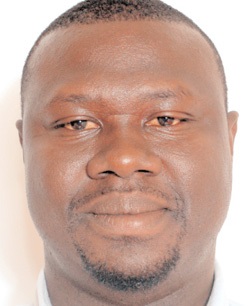


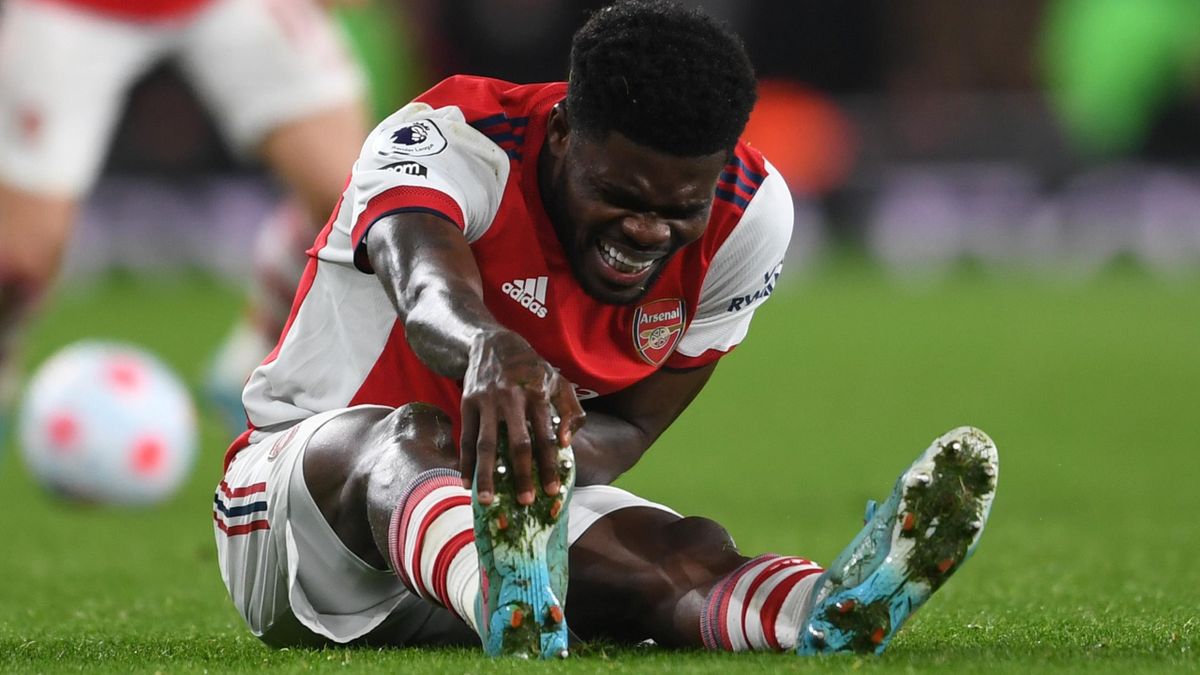
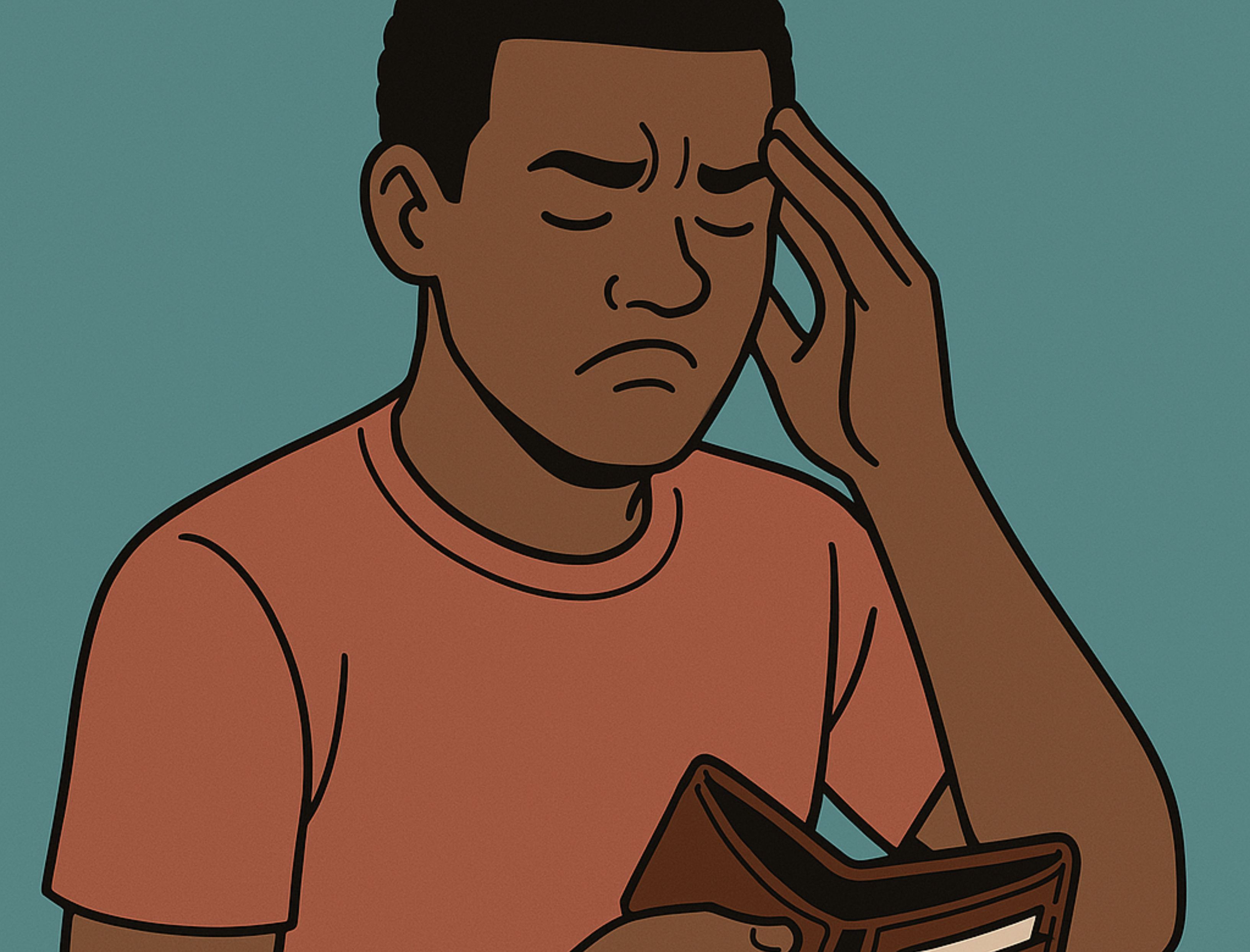

![Kofi Adomah walks on street, shows recovery signs after being shot in eye [Video]](https://sportal365images.com/process/smp-images-production/pulse.com.gh/14042025/e9b0a707-a08e-429e-ac31-07b9cadeea57.png)
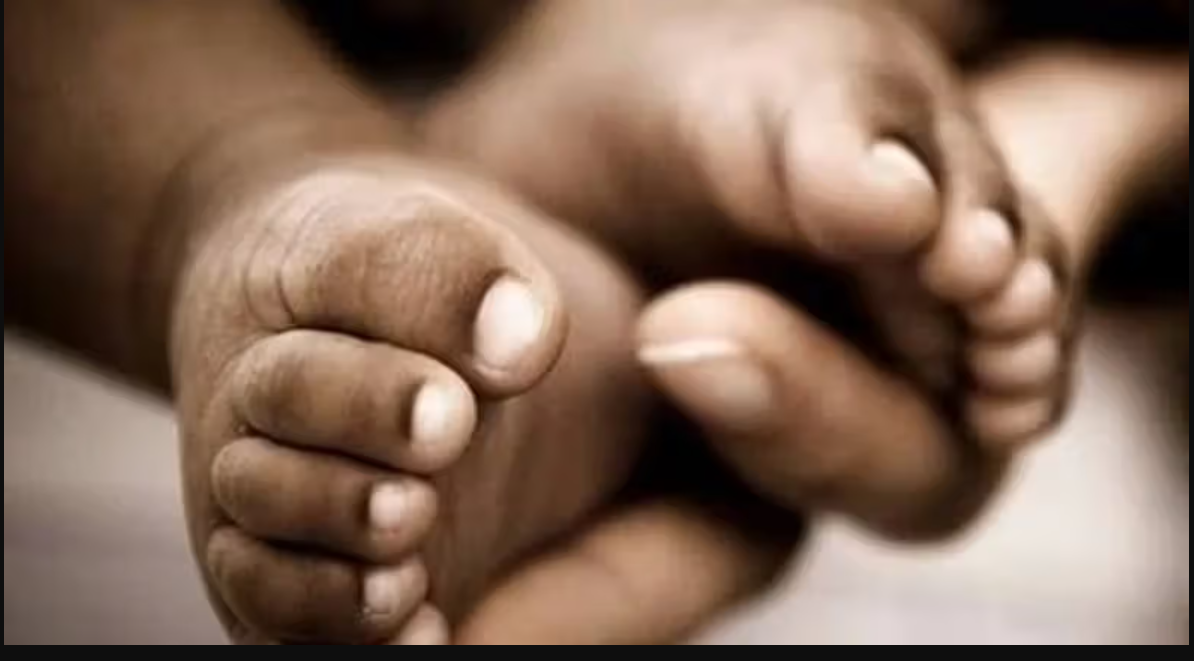








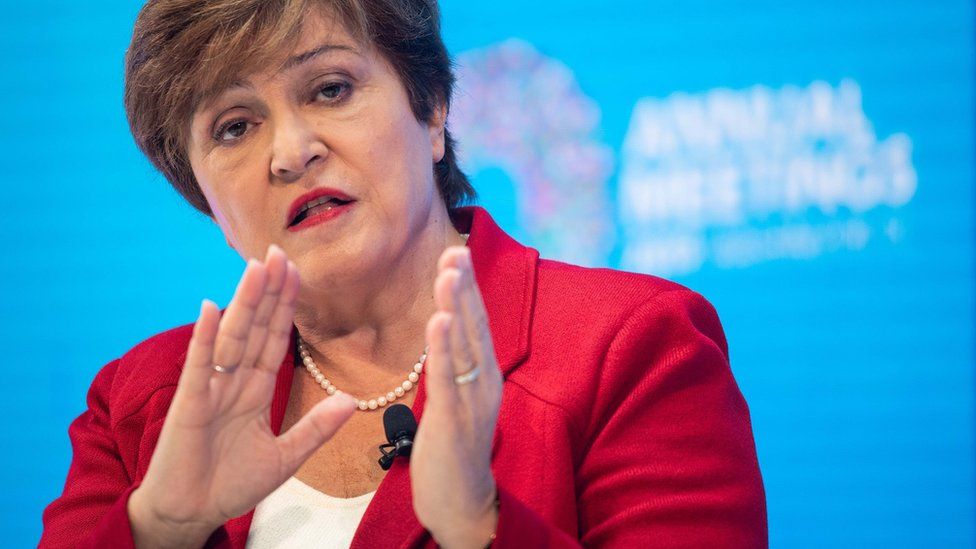
Facebook
Twitter
Pinterest
Instagram
Google+
YouTube
LinkedIn
RSS